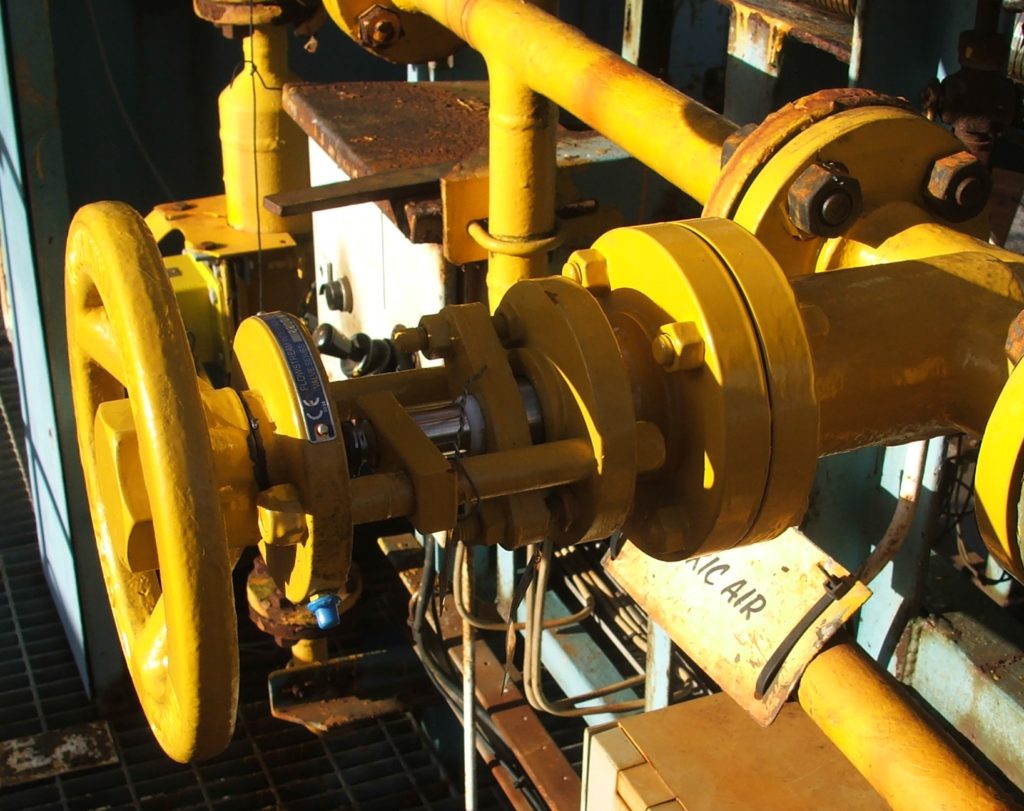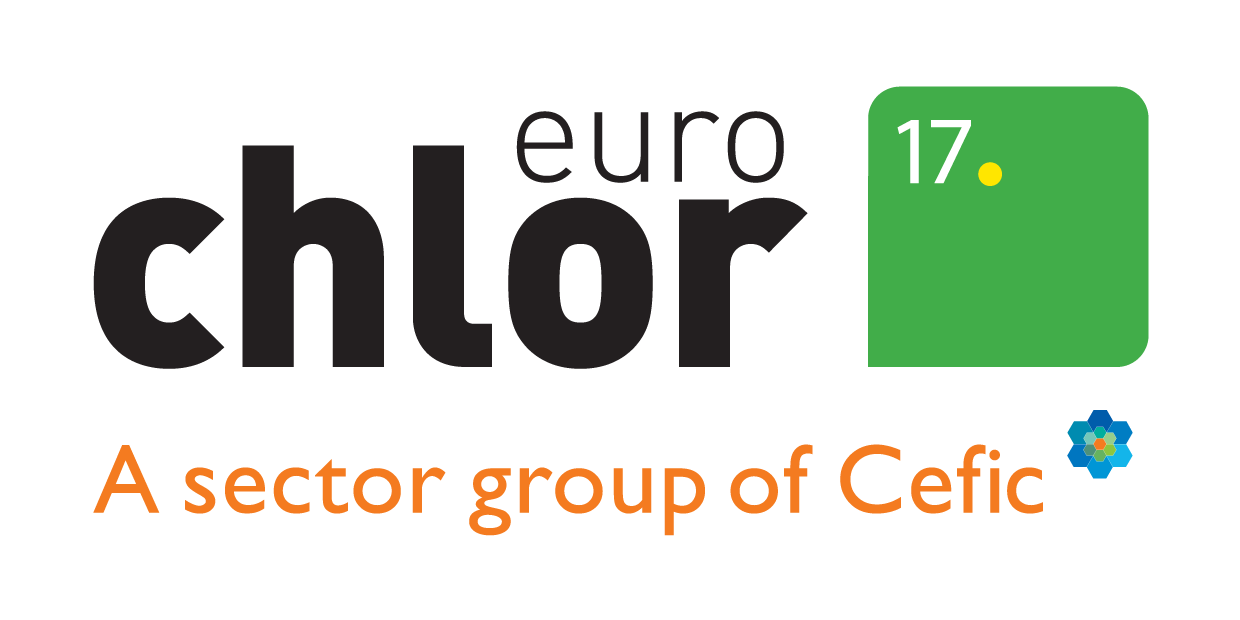From production to customer to society, chlor-alkali is connected
Like other products from our industry, chlorine and caustic soda play a key role in things which make everyday life safer, healthier or more comfortable. These chemicals are made by splitting common salt with electricity to use either as they are, or in other chemical processes. For every molecule of chlorine made, we get approximately one molecule of caustic and one molecule of hydrogen.
As we are not allowed to store large quantities of chlorine (we can only store a few hours’ worth), production is carefully controlled to ensure that it is only made when customers need it. Storage of hydrogen is also difficult and expensive so customers for this important energy carrying gas must follow the supply driven by any chlorine produced. However, sometimes companies want more of one chemical than there may be customers for the other, so every responsible use of our chemicals is vital.
This situation is helped by producing chlor-alkali near to where it is used, such as on chemical parks. For example, chlorine is produced and then flows via a pipe to a nearby facility that makes PVC or polyurethane. Not only does this ensure that nothing is wasted but it also means that large quantities of chlorine are not being transported by truck or by rail in Europe. To further conserve energy and avoid excessive transportation, producers often try to find outlets for the caustic soda nearby. This close ‘connectivity’ of chlor-alkali supply chains is a key feature of the modern industry.
Our industry is assisting this interconnectivity by using digital tools in the production process. Electronic signals pass from producer to user to make sure the chemicals are where they are needed at the right time and in the right amount, the process is also monitored to reduce waste whilst sensors give real-time data that alert of potential problems and improve safety.
Chlor-alkali production is also linked to activities away from the chemical park. Chlor-alkali is a large consumer of electricity and our industry can rapidly change (compared to others) electricity consumption by decreasing or increasing their chlor-alkali production level (within certain limits). This is beneficial as it can help to stabilise the electricity distribution grid. This feature will be particularly useful as grid stability could vary more in future due to the increasing share of renewable electricity production.
All of these features, mean that our sector must carefully manage production of chlor-alkali for the benefit of the entire chlor-alkali supply chain and society. Part of the Euro Chlor Mid-Century Strategy is to investigate how to further improve upon this ‘balancing act’ safely and sustainably. Read more about this at www.eurochlor.org/mcs.

